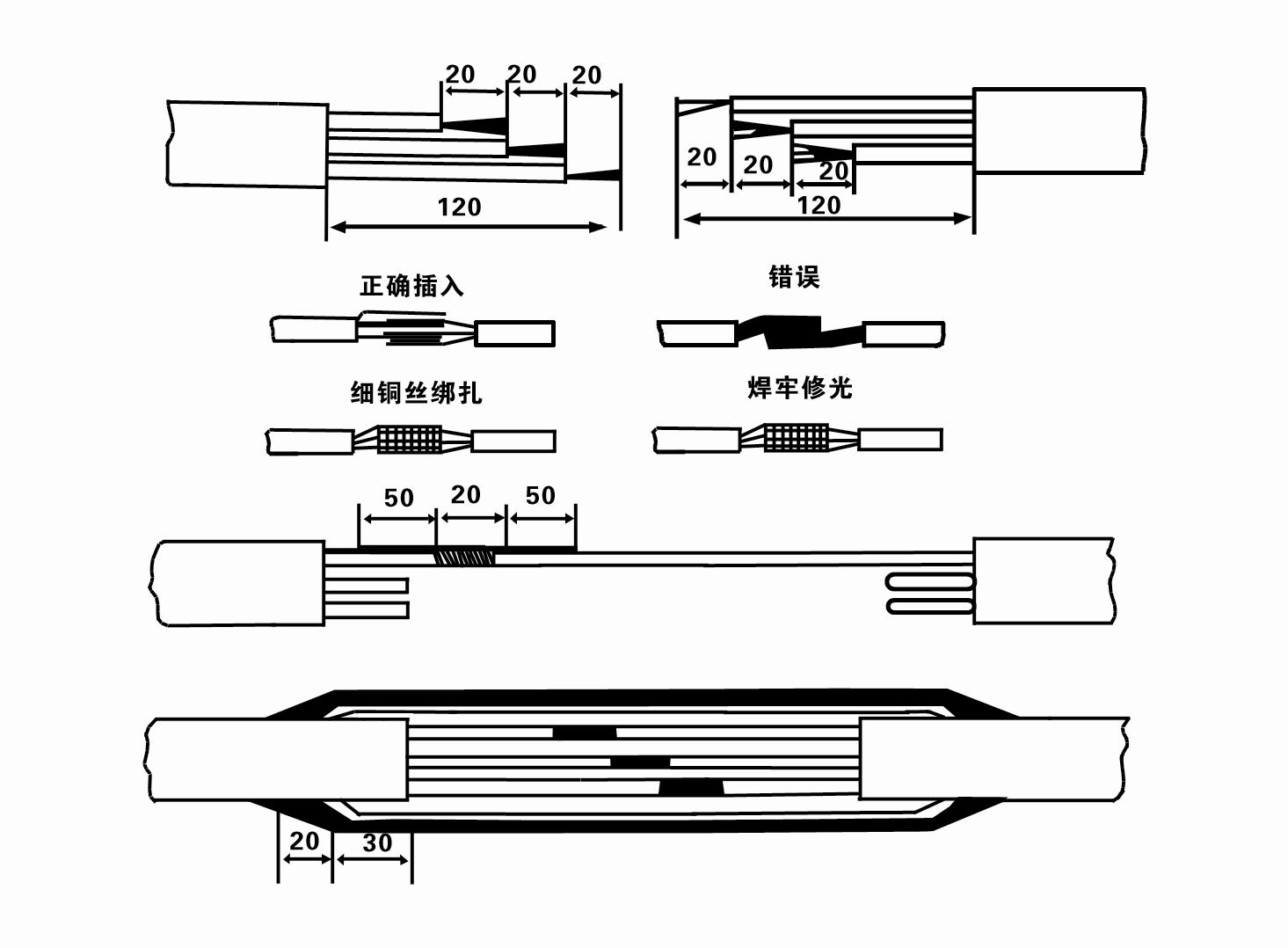Oct . 13, 2024 05:45 Back to list
submersible sump pump installation
Submersible Sump Pump Installation A Step-by-Step Guide
Installing a submersible sump pump can seem daunting, but with careful planning and the right tools, you can tackle this essential home improvement project. This guide will walk you through the steps to ensure that your sump pump functions effectively to protect your basement from flooding.
Understanding the Importance of a Sump Pump
A submersible sump pump is designed to sit in a sump pit, typically located in the basement. Its primary purpose is to remove excess water, keeping your basement dry and preventing water damage. This is crucial in areas prone to heavy rainfall or high groundwater levels.
Tools and Materials Needed
Before starting the installation, gather the necessary tools and materials, including
- Submersible sump pump - Sump pit (if not pre-installed) - PVC piping and fittings - Check valve - Pipe cutter or hacksaw - Drill and drill bits - Teflon tape - A wrench - Safety goggles and gloves
Step 1 Choose the Right Location
Select a location for the sump pit that is at the lowest point in your basement. This site should be away from walls and any structures to maximize water collection. Use a shovel to dig a pit approximately 2 feet deep and 18 inches wide.
Step 2 Install the Sump Pit
Place the sump pit in the hole, ensuring the top rim is level with or slightly below the basement floor. If necessary, backfill around the pit with gravel to support it and help with drainage.
Step 3 Prepare the Pump
submersible sump pump installation

Follow the manufacturer’s instructions to prepare your submersible sump pump. Typically, this involves installing the check valve on the discharge pipe to prevent backflow of water after the pump shuts off.
Step 4 Connect the Pump to the Discharge Pipe
Insert the submersible pump into the sump pit. Connect a length of PVC piping to the pump’s discharge outlet. Use Teflon tape on the threads to ensure a watertight seal. The piping should lead away from the house, ideally terminating at a point where water can safely drain away from your foundation.
Step 5 Set Up the Power Supply
Ensure your sump pump is plugged into a GFCI outlet to minimize the risk of electrical shock in a wet environment. If an outlet is not available near your sump pit, you may need to run an extension cord or consult a licensed electrician to install a dedicated circuit.
Step 6 Test the System
Once everything is installed, it’s time to test your sump pump. Pour a bucket of water into the sump pit to simulate water accumulation. Observe the pump’s operation; it should activate when the water level rises and turn off once the water is drained.
Step 7 Regular Maintenance
After installation, regular maintenance is key to ensuring your sump pump continues to operate efficiently. Check the pump periodically, clean the pit to remove debris, and test the system every few months to confirm that it’s working properly.
Conclusion
Installing a submersible sump pump is a proactive measure to protect your home from water damage. By following these steps, you can ensure your pump is installed correctly and ready to tackle any flooding challenges that may arise. With careful maintenance, your sump pump will serve you well for years to come, keeping your basement dry and your worries at bay.
-
Submersible Water Pump: The Efficient 'Power Pioneer' of the Underwater World
NewsJul.01,2025
-
Submersible Pond Pump: The Hidden Guardian of Water Landscape Ecology
NewsJul.01,2025
-
Stainless Well Pump: A Reliable and Durable Pumping Main Force
NewsJul.01,2025
-
Stainless Steel Submersible Pump: An Efficient and Versatile Tool for Underwater Operations
NewsJul.01,2025
-
Deep Well Submersible Pump: An Efficient 'Sucker' of Groundwater Sources
NewsJul.01,2025
-
Deep Water Well Pump: An Efficient 'Sucker' of Groundwater Sources
NewsJul.01,2025
-
 Submersible Water Pump: The Efficient 'Power Pioneer' of the Underwater WorldIn the field of hydraulic equipment, the Submersible Water Pump has become the core equipment for underwater operations and water resource transportation due to its unique design and excellent performance.Detail
Submersible Water Pump: The Efficient 'Power Pioneer' of the Underwater WorldIn the field of hydraulic equipment, the Submersible Water Pump has become the core equipment for underwater operations and water resource transportation due to its unique design and excellent performance.Detail -
 Submersible Pond Pump: The Hidden Guardian of Water Landscape EcologyIn courtyard landscapes, ecological ponds, and even small-scale water conservancy projects, there is a silent yet indispensable equipment - the Submersible Pond Pump.Detail
Submersible Pond Pump: The Hidden Guardian of Water Landscape EcologyIn courtyard landscapes, ecological ponds, and even small-scale water conservancy projects, there is a silent yet indispensable equipment - the Submersible Pond Pump.Detail -
 Stainless Well Pump: A Reliable and Durable Pumping Main ForceIn the field of water resource transportation, Stainless Well Pump has become the core equipment for various pumping scenarios with its excellent performance and reliable quality.Detail
Stainless Well Pump: A Reliable and Durable Pumping Main ForceIn the field of water resource transportation, Stainless Well Pump has become the core equipment for various pumping scenarios with its excellent performance and reliable quality.Detail
